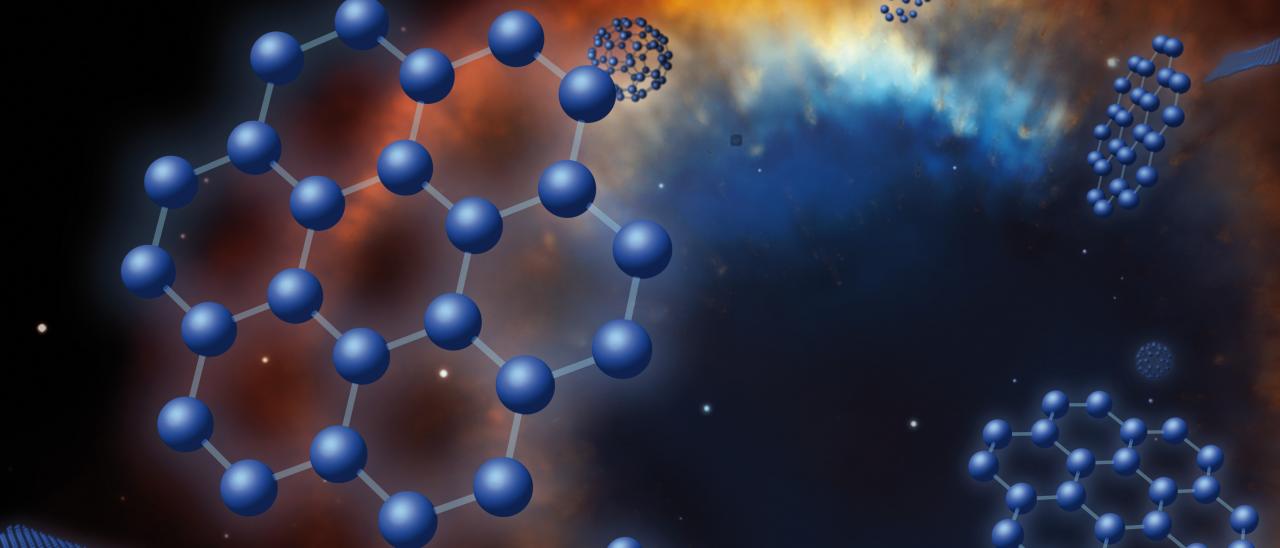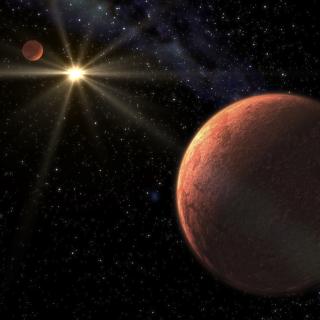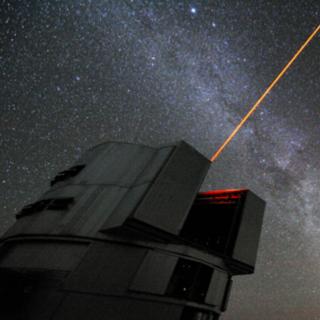Related grants:
General
Low- to intermediate-mass (M < 8 solar masses, Ms) stars represent the majority of stars in the Cosmos. They finish their lives on the Asymptotic Giant Branch (AGB) - just before they form planetary nebulae (PNe) - where they experience complex nucleosynthetic and molecular processes. AGB stars are important contributors to the enrichment of the interstellar medium where new stars/planets are born (including our own Early Solar System, ESS), and to the chemical evolution of stellar systems like globular clusters (GCs) and galaxies. In particular, the more massive (M > 4-5 Ms) AGB stars synthesize very different (radio)isotopes from those formed by lower mass AGB stars and Supernova detonations, as a consequence of different nucleosynthesis mechanisms. Evolved stars in the transition phase between AGB stars and PNe also form diverse organic compounds like PAHs, and fullerene and graphene molecular nanostructures, being a wonderful laboratory for Astrochemistry. On-going massive surveys like SDSS-IV/APOGEE-2 and the upcoming James Webb Space Telescope (JWST) represent a fundamental step forward to understand the nucleosynthesis and molecular processes in evolved stars. We aim to explore the nucleosynthesis of light and heavy (radio)isotopes in AGB stars and how they contribute to the ESS radioactive inventory as well as to the formation and evolution of GCs and galaxies. We also aim at understanding the top-down formation process of fullerene and graphene molecular nanostructures in evolved stars. Finally, it is intended to perform data mining with the Gaia satellite, in order to study the AGB- PNe evolutionary phase. In addition we aim to use the GALEX database to discover binary central stars in Galactic PNe.
Members
Results
1. During 2020, we have published 37 papers in high-impact international refereed astronomical journals (including one invited review) and 2 papers in the Chemistry -Physics journal FNCN.
2. Phosphorus-rich stars with an extremely peculiar chemical abundance pattern have been discovered for the first time, challenging the theoretical nucleosynthesis predictions.
3. It was demonstrated that the P-rich star progenitors represent a new site for s-process nucleosynthesis, with important implications for the chemical evolution of our Galaxy.



